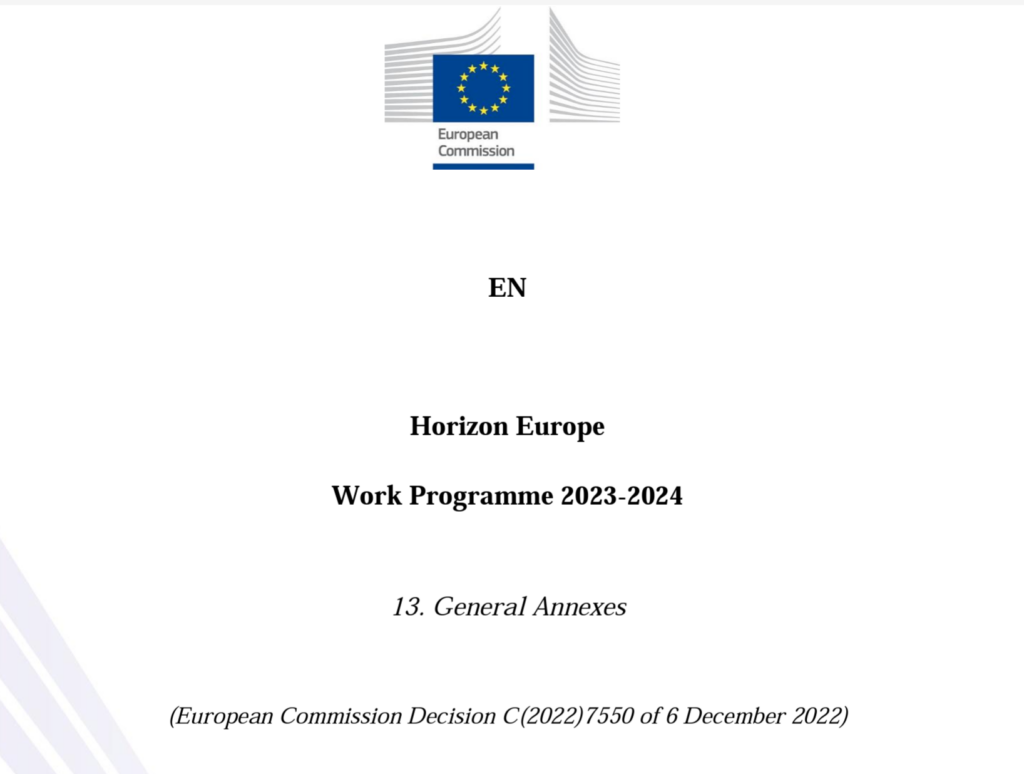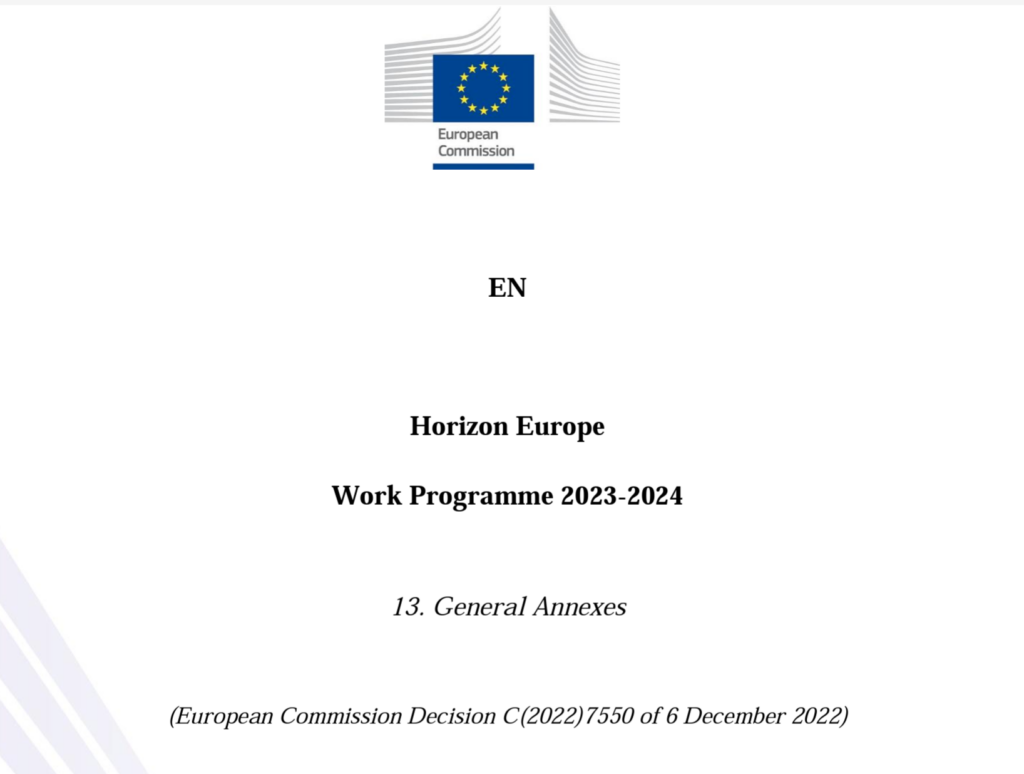A curated list of challenges, programs, funding opportunities, academic research and startups that have caught our eye.

Onsite digital technologies to monitor nutrients and chemical or biological stressors in soil and plants with relevance for food safety and nutrition
Project results should contribute to all of the following outcomes:
- Increased scale-up, availability and use of onsite digital tools (e.g., light-based technologies, remote sensing, Artificial Intelligence (AI)) to monitor nutrients, micro-nutrients, chemical and biological stressors in soil, plants and subsequently in food in various stages of the production process (from farm to processing stages).
- Improved capacities for food safety risk mitigation and management throughout the various food production stages.
Innovations to prevent and combat desertification

Project results should contribute to all of the following outcomes:
- The socio-economic and climatic drivers, the extent and the impacts of different types of land degradation (incl. water scarcity, vegetation loss, soil erosion) in (semi-)natural and agricultural systems of arid areas and areas becoming increasingly arid are clearly understood, accurately and reliably measured at the most relevant scale and in connection with specific land uses. This knowledge is widely shared among relevant actors from various sectors.
- The economic viability and environmental effectiveness of solutions for the prevention of desertification and for the restoration of degraded land (such as soil protection measures that help retain water and reduce water needs, improve management of soil organic matter, avoid salinization, protect biodiversity, minimise soil sealing and increase land resilience to droughts) is demonstrated in the different local or regional contexts.
- Enhanced access for land managers in desertification-prone areas to effective, context-specific restoration and prevention solutions and to information about the conditions under which they are effective.
- The number and size of areas under sustainable soil and water management are expanded, and the retention of moisture in the landscape and the management of soil organic matter are improved across different land-use types and local-regional conditions. In consequence, dryland soils become more resilient and less vulnerable to drought and desertification.
Project results are expected to contribute to all of the following outcomes:
- Increased societal awareness on the importance of soil and the challenges it faces and of the impact of individual decisions (like housing, food and transport behaviour) on soils. This is manifested by an increased engagement in the protection and restoration of soil health.
- Opportunities for engaging in creative ways in soil protection are widely available and supported by soil-related arts products and innovative methodologies (including digital ones, but not limited to these).
- Cultural and creative industries (CCIs), artists and civil society organisations are mobilised and work together alongside with universities, research institutes and public institutions and citizens to increase soil literacy in society.
- Increased capacity of public and private institutions at different levels (e.g. European, national, regional and local) to engage with the wide public in creative ways to promote sustainable soil management.
Discovering the subsoil

Project results should contribute to all of the following outcomes:
- Improved access for land managers and public authorities to data and knowledge on the spatial variations of the chemical, physical and biological conditions and dynamics in subsoils. This should support the development of sustainable soil management practices as well as financial and policy incentives.
- Accelerated deployment of sustainable management practices for protecting and restoring subsoils in agricultural, forest and other types of soils, and increasing relevant soil-dependent ecosystem services such as the provision of food and fibre or habitats for soil biodiversity.
- Improved understanding of the role of the subsoil in climate change adaptation and mitigation, e.g. regarding carbon and water storage.
Project results should contribute to all of the following outcomes:
- Reduced carbon and overall environmental footprint of the horticultural sector[4] and more sustainable production systems, reducing negative impacts on soil health throughout the value chain.
- Novel products (e.g. alternative potting and soil-improving materials), production processes and management options for soil management are developed and tested and show improved environmental, social, health and safety performance, as demonstrated through improved testing and validation methods throughout the entire life cycle.
- Sustainable alternatives to peat are more widely available and used in conventional and organic horticulture.
- Policy measures and other incentives have been explored and elaborated to further the uptake of sustainable alternatives to peat.
TheCollabEDIT will be published on the Collabwith Magazine once per week, however, you can join the Collabwith platform to check the funding and collaboration opportunities yourself every day, or as many times you want on the Collabwith Marketplace.
If you are looking for something more specific, we can make together a “Collaboration Plan” for you and your needs. Check up here the membership options or services.
ABOUT COLLABWITH
Collabwith is a technology and a service to structure collaboration for innovation. It’s a tool to connect academics-startups-organizations. Because a tool is not enough to transform how you collaborate, here we have created a new methodology, personalized trainings, a new way of communication and a tailored made consulting for you to be more effective and efficient, now.
Grow your business and innovation through smart collaborations with Collabwith innovative and holistic approach to collaboration.
Magazine: https://collabwith.co
CollaborationXInnovation Platform: https://platform.collabwith.co
Do you want to know more? Book a demo with us, Contact us here.
